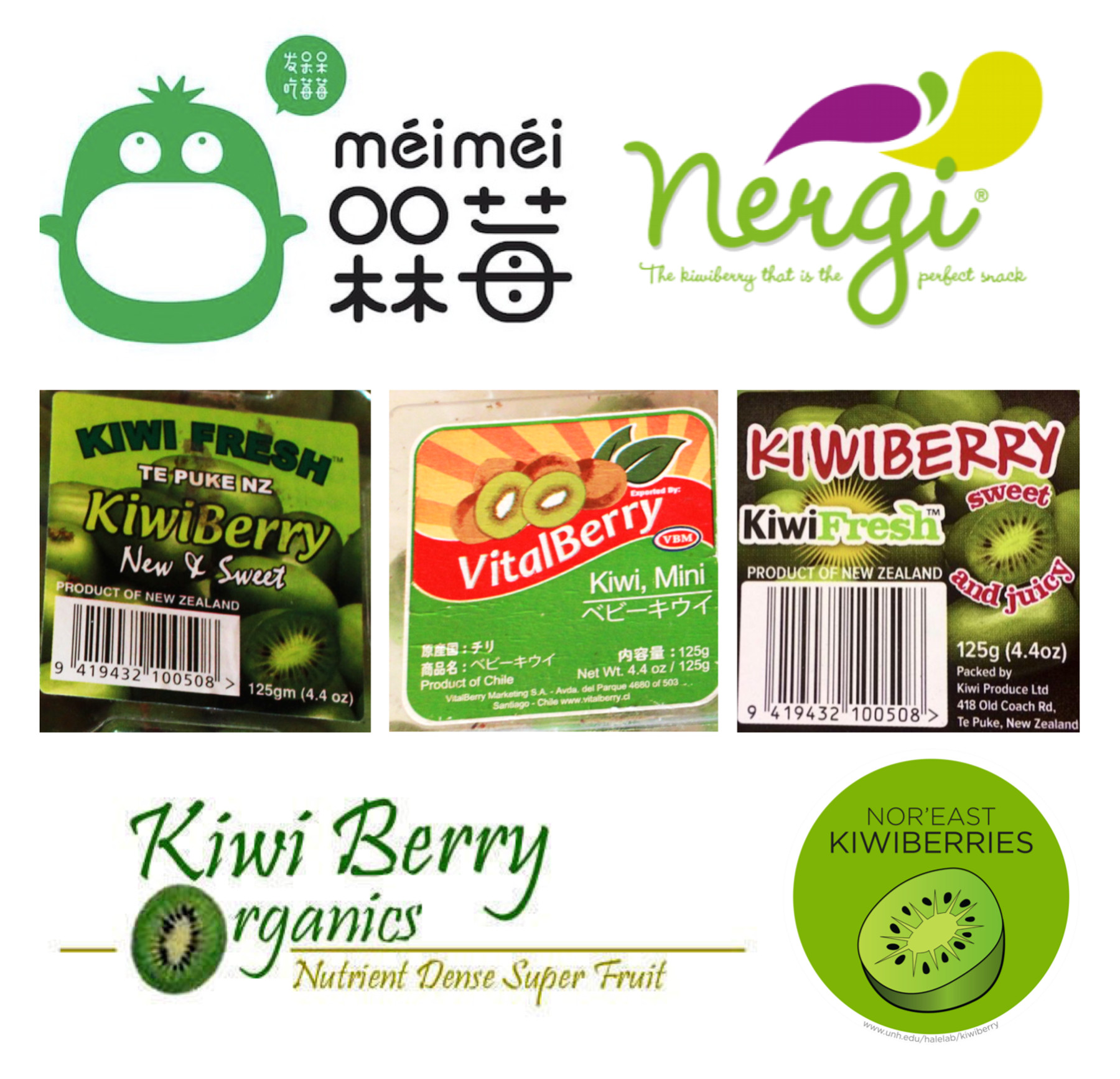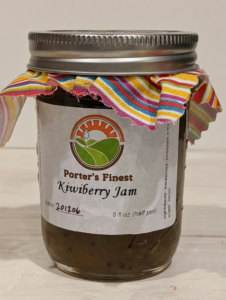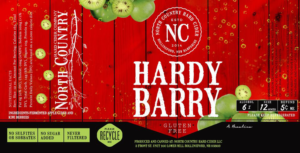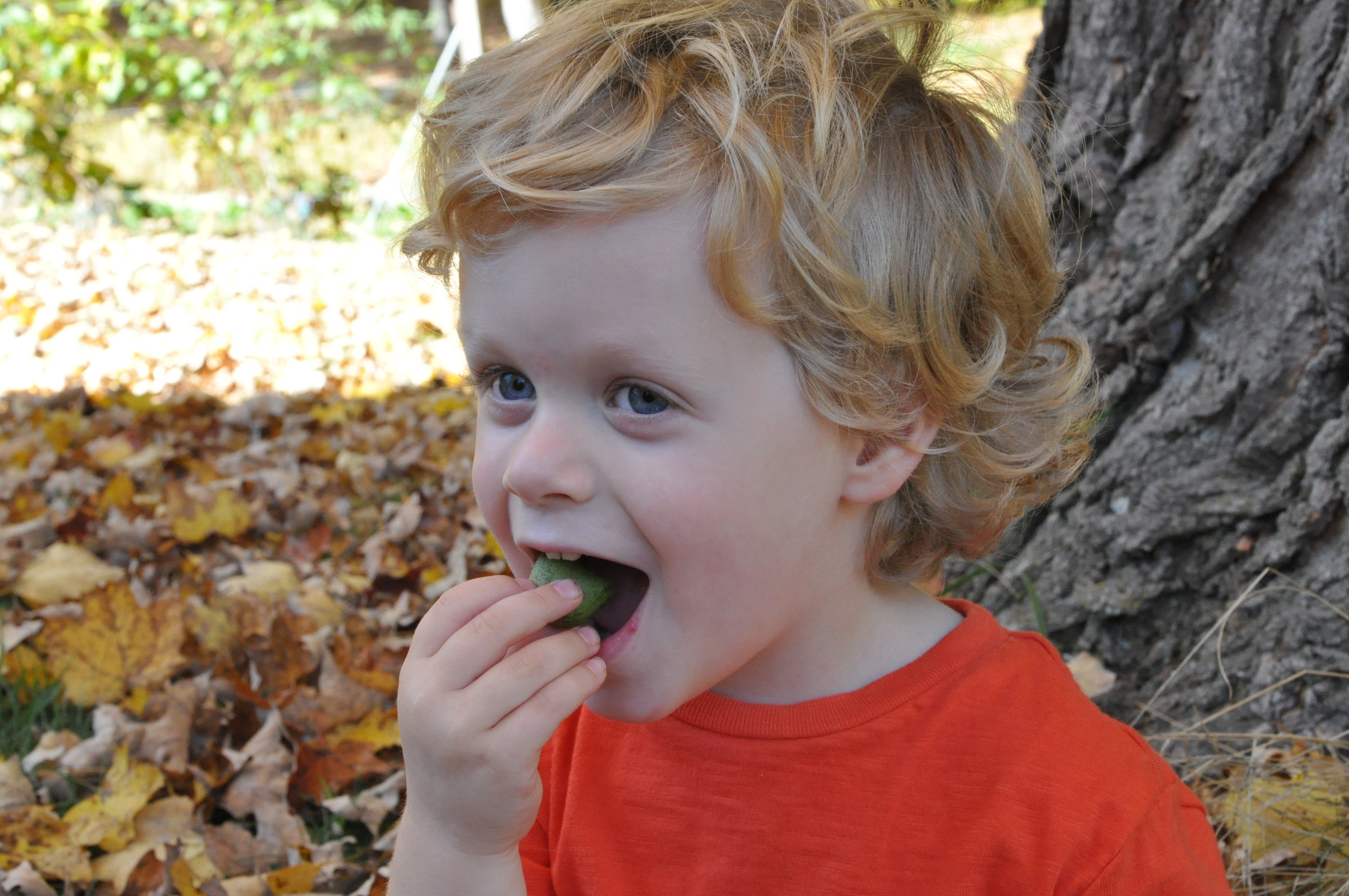Brand Development and Marketing
Various domestic and international efforts are underway to promote kiwiberries on the basis of their novelty, small size (“cuteness”), and health benefits (Figs 12 and 12.1). Despite indications of high consumer acceptance in the US, the vast majority of potential consumers remain unaware of the fruit. Strategic marketing and branding, combined with a concerted investment in both consumer and producer education, will be essential for the establishment and growth of the industry.
As mentioned above, the berries of A. arguta have been referred to by a dizzying array of names (Kabaluk et al. 1997). To help bring coherence to the marketplace and facilitate consumer awareness of this crop, it is recommended that producers consistently use the term ‘kiwiberry’ in their marketing, not least of all so that they can leverage the considerable investment being made in promoting that name in both domestic and global markets. Complementing this generic name of the commodity itself, growers may also want to consider using variety, or cultivar, names to build brand recognition and help establish consumer expectations. The reason for this is that profound variation exists among kiwiberry varieties in terms of size, appearance, and taste; and potential consumers should understand this. If the first kiwiberry a consumer tries is “bad,” he or she should recognize that it may only be that specific berry (or variety) they dislike, rather than kiwiberries generally. While most consumers would not conclude from one bad apple that apples are bad, the risk of such a conclusion for a novel crop is real, with potentially significant market consequences downstream. For this reason, producers are encouraged to market their berries using cultivar names, as is common with apples. This practice has been pursued successfully by Kiwi Korners/Kiwiberry Organics with their innovative ‘Aloha Annas’ and ‘Passion Poppers’ labeling.
When communicating with potential consumers, there is a wide range of attributes that producers and marketers can draw attention to. For example, with their small size and intensely sweet flavor, kiwiberries are ideal, snackable fruits for children (Fig 12.2). As a ‘super’ or ‘nutrient dense’ fruit, kiwiberries naturally lend themselves to promotion as a healthy food choice. As a regionally-adapted, perennial crop, kiwiberries require neither annual tillage nor prime agricultural land for their production; thus they promote conservation agricultural practices. Finally, the versatility of end uses of the crop should not be overlooked. While the bulk of current domestic production is sold for fresh eating, there is a growing market around value-added products. Due to their naturally high sugar and pectin content (Latocha 2017), kiwiberries are well-suited for jam and jelly production; and small-scale direct market producers of such products report overwhelming consumer acceptance in the region. In addition to kiwiberry wines, which have been successfully produced and marketed in the northeast US for many years, experimentation with ciders, liqueurs, cordials, and even kiwiberry-infused beers are underway. By selling Grade A berries at a high unit price for fresh eating and channeling lesser quality fruits to value-added processors, New England producers have the potential to capitalize on a diverse and under-sourced regional market.
Fig 12 Examples of kiwiberry marketing and branding strategies from Europe, Oceania, North America, South America, Europe, and Asia.
Fig 12.1 Two examples of recent innovation in value-added kiwiberry products here in the northeast: A jar of kiwiberry jam from Porter’s Finest in Lebanon, NH; and a label from North Country Hard Cider in Rollinsford, NH.
Fig 12.2 Kiwiberries are tasty, nutritious, snackable fruits for children.





